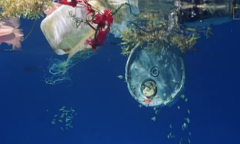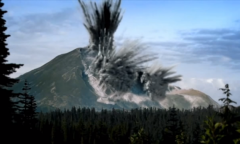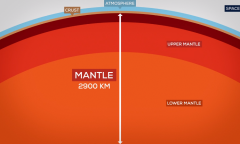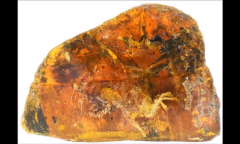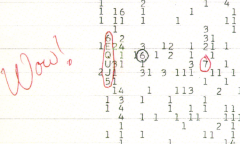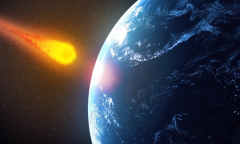By KM Diaz, | June 13, 2017
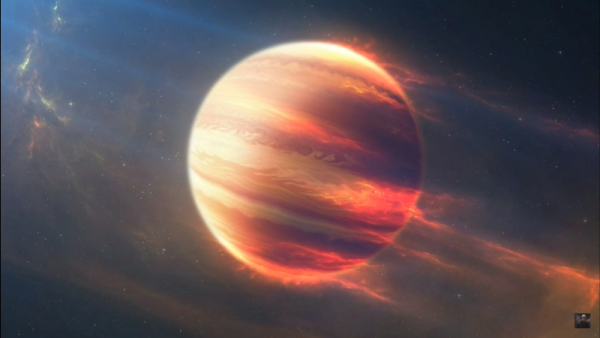
KELT-9b is much closer to its host star compared to the proximity of Mercury to the Sun. (YouTube)
As scientists continue to search for life outside our solar system, their exploration has led them in discovering planets with weird, extreme features.
Here are the 7 most extreme planets ever found.
Like Us on Facebook
The Hottest
Planets become hot depending on how close it is from its host star. In our solar system, Mercury is closest to the Sun with a distance of 57,910,000km. But, stars massive than the sun could be hotter, like the HD 195689 or known as the KELT-9. The star is 2.5 times massive than Sun with a surface temperature of approximately 10,000°C. Its planet, KELT-9b, is much closer to its host star compared to the proximity of Mercury to the Sun.
The Coldest
OGLE-2005-BLG-390Lb is considered to be the coldest planet ever found, with a temperature of 50 degrees above absolute zero -223°C. It is 5.5 times the Earth's mass with an orbit of somewhere between Jupiter and Mars and believed to be a rocky planet. Its host star is known as a red dwarf - a low-mass, cool star.
The planet has also been popularly referred to as Hoth, in reference to the icy planet in Star Wars franchise. However, as opposed to its fictional counterpart, the planet won't be able to sustain atmosphere as gases will be frozen solid, plus further snow on its surface.
The Biggest
The planet DENIS-P J082303.1-491201 b or "2MASS J08230313-4912012 b" is the most massive planet listed on exoplanet archive of NASA, which is 28.5 times the mass of Jupiter. Scientists have been debated on whether it still is a planet or it should be classified as a brown dwarf star as it host star is a confirmed brown dwarf itself.
The Smallest
Kepler-37b is smaller than Mercury and slightly larger than our moon, making it the smallest exoplanet ever found, yet. It is closer to its host star than Mercury to Sun, meaning it is too hot so support liquid and life on its surface.
The Oldest
PSR B1620-26 b is the oldest planet at 12.7 billion years, only a billion years younger to our universe at 13.8 billion years. The planet has two host stars revolving around each other. But since it is too old, the planet apparently doesn't have heavy elements like oxygen and carbon - required for life to survive.
The Youngest
The 2 million-year-old planetary system, V830 Tauri, is considered to be the youngest planet with a host star same as the mass of our sun but double the radius. It has not yet fully contracted its final shape, and probably still growing. That means that the planet is getting more mass by constant collision with other planetary bodies, making it an unsafe place to be.
The Worst Weather
Since exoplanets are too far away, researchers could not really identify their weather patterns. And so, they turn their eyes back to our solar system to study the giant swirling hurricanes captured by Juno spacecraft flying over Jupiter's poles, the planet could be the good candidate of having the worst weather in our solar system.
However, Venus got the title. The planet, similar to the size of the Earth, is covered in clouds of sulfuric acid. Its atmosphere moves around the planet faster than the rotation of the planet itself, having a wind similar to the hurricane speeds of 360km/h.
-
Use of Coronavirus Pandemic Drones Raises Privacy Concerns: Drones Spread Fear, Local Officials Say

-
Coronavirus Hampers The Delivery Of Lockheed Martin F-35 Stealth Fighters For 2020

-
Instagram Speeds Up Plans to Add Account Memorialization Feature Due to COVID-19 Deaths

-
NASA: Perseverance Plans to Bring 'Mars Rock' to Earth in 2031

-
600 Dead And 3,000 In The Hospital as Iranians Believed Drinking High-Concentrations of Alcohol Can Cure The Coronavirus

-
600 Dead And 3,000 In The Hospital as Iranians Believed Drinking High-Concentrations of Alcohol Can Cure The Coronavirus

-
COVID-19: Doctors, Nurses Use Virtual Reality to Learn New Skills in Treating Coronavirus Patients


